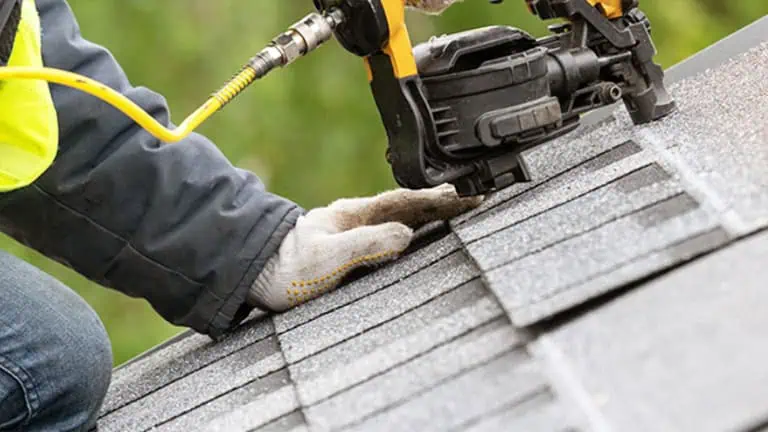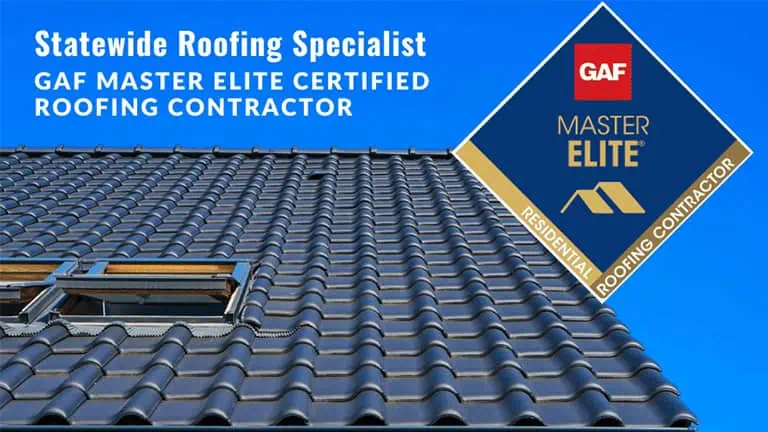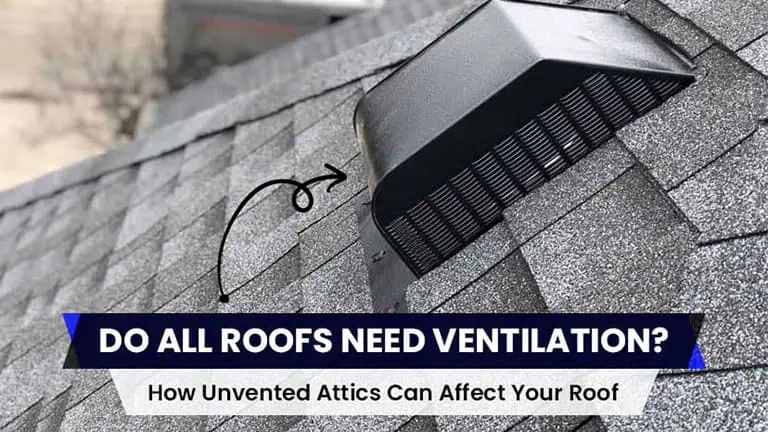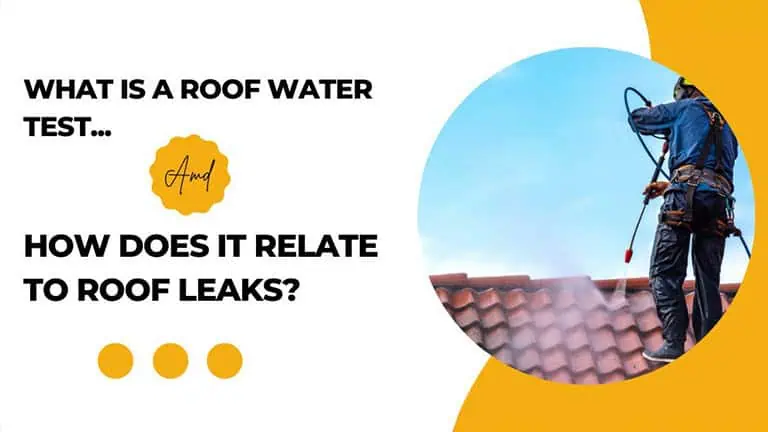
The most important thing to consider when selecting your roofing underlay material is whether or not the material will be used for an interior or exterior roof installation. If you’re installing for an interior application, then you’ll need to consider how the material will be protected from moisture and other factors that may cause damage during installation.
If you’re installing an exterior application on your roof, then you’ll need to make sure that the material will withstand the elements for years to come (such as rain, snow, and wind).
Types of Roofing Underlayment
There are many types of underlayment available to the homeowner, but they all have one thing in common: they are designed to protect the roofing material. Once you’ve figured out the place of installation, the next thing is to choose the right underlayment type.
Here’s the list of types of underlayment roofing material that will get you started:
- Asphalt-Saturated Felt
- Rubberized Asphalt
- Synthetics
Before we go ahead to discuss the said types, let’s first understand what is a felt paper because we will be talking more about it later in this article — so read on!
Synthetic Felt: Eco-fi Felt
Also known as ‘Eco-Spun’ – Eco-fi Felt is made from recycled plastic bottles, which are then recycled into this remarkable new product. The Eco-Fi felt has many uses including sealing roofs, protecting building facades, and more.
Eco-fi felt is made by mixing shredded plastic with a polymer solution that hardens when exposed to the sun. The resulting Eco-Fi material is lightweight and waterproof, making it perfect for sealing roofs, protecting building facades, or creating temporary outdoor patios. It’s non-toxic and biodegradable, making it perfect for use in craft projects that require a padded surface.
The most common types of felt paper used for underlayment are 15 lb. (70 g/m2) and 30 lb. (110 g/m2). These are suitable for residential use, but they can still support heavy loads.
Now, getting back to the underlayment types…
Asphalt-Saturated Felt
Asphalt-saturated felt is a type of underlayment that is used to protect the roof from impact and abrasion damage. It is designed to be waterproof, fire resistant, and impact resistant. This material is also able to be recycled again after it has been used on your roof.
Asphalt-saturated felt could be the best, most efficient material for roofing underlayment. Why? Because it has a solid adhesive and adheres well to asphalt shingles, tile, and other substrates. This type of felt for roofs is highly durable and will not deteriorate over time. It’s typically used on flat roofs and low slope roofs that have a maximum slope of 4 inches per foot. It is also water resistant, making it ideal for areas that experience heavy snowfall or rain.
Since we’re discussing asphalt felt, let’s discuss two more common types of felts used for roofing underlayment.
15 lb. vs 30 lb. vs Synthetic Felt Underlayment
The type of underlayment you choose depends on how much weight you want to support and your budget.
- 15 lb. Felt Paper for Roofing Underlayment: This is the lightest weight option and is great for roofs that are not too steep or for shingles with less than 10 pitch. It also works well over metal roofing or plastic. It can be used in conjunction with a lightweight roofing membrane like EPDM, TPO, or other types of felt underlayment.
- 30 lb. Felt Paper for Roofing Underlayment: This is the most popular underlayment used on residential roofs in North America. It has a very high tear strength making it ideal for more severe climates such as California or Florida. The higher density also provides better water retention so it can be used in areas with heavy rainfall.
- Synthetic Felt Paper for Roofing Underlayment: Synthetic felt is made out of man-made fibers, but they have characteristics similar to natural felt such as low cost and easy installation over existing surfaces (no sanding required). It’s best suited for flat roofs because it can be installed over existing asphalt shingles without any modifications required.
Why should I use 15lb felt paper for roofing?
15lb felt is the most common type of underlay used in the construction industry. It is a very soft and pliable material that can be easily cut to size with a knife or scissors. It’s popular because it doesn’t require any special installation tools and can be cut with any pair of scissors. This material is also known as “checkerboard” or “crosshatch” paper because it creates a checkerboard pattern when installed on roofs.
Why should I use 30lb felt paper for roofing?
30lb felt is similar to 15lb felt paper but has more resistance against the wind, which makes it ideal for areas where there might be high winds or snow load. It also provides better insulation than 15lb felt, so it will help keep your home warmer during wintertime. This type of underlay can be cut with standard scissors and comes in several colors that match other roofing materials like asphalt shingles or wood shakes.
Why should I use synthetic felt paper for roofing?
Synthetic fibers are made from polyester and nylon, which makes them strong, durable, and water resistant. Plus, the felt papers are not too heavy, too soft, and come within every homeowner’s budget. The weight of felt paper is measured in pounds per square foot (psf). A 15-pound felt underlayment is 1.5-psf, 30-pound felt is 2-psf and 50-pound felt is 3.5 psf.
Final Verdict
The best underlayment for your roof is the one that will work best with your roofing system, not the cheapest or most affordable one. Therefore, take a good look at your roof and get accurate measurements. Research online, visit the market for comparison and pricing, and only then choose underlayment for your roof.
If you don’t want to do all that, then we have a simple (and best) option for you. Call us! That’s right. Statewide Roofing Experts provide remarkable roofing underlayment services in North Carolina at a price you wouldn’t believe. So, pick up that phone and call us today to get your roof inspected.



